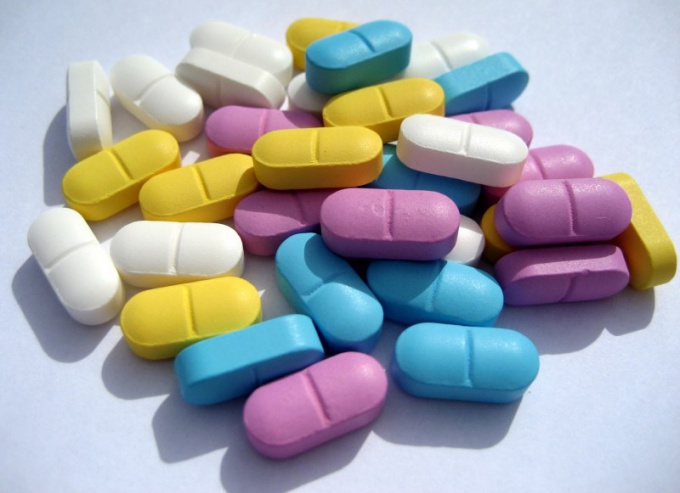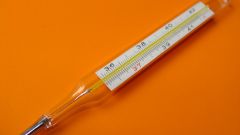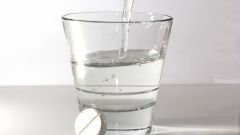Instruction
1
Twenty-five years ago, in pharmacology there were no more than 8 major groups, which included non-steroidal anti-inflammatory drugs. Today the official number of these groups increased to 15, but they could be much more, because the world was about 100-150 names fever-reducing drugs and 1,000 generic drugs. To the antipyretic drugs of first generation include products based on diclofenac, acetylsalicylic acid, ibuprofen, phenylbutazone and indomethacin.
2
So, "Analgin", "Ibuprofen" and "Aspirin" have analgesic and antipyretic effect, however, have various side effects, manifested by development of ulcers, oliguria, nephrotoxicity, and so on. For this reason, these pills need to be taken only when there is direct evidence in the form of high temperature and the allowed dose and not at the first sign of a cold. Drugs of the second generation, represented by selective inhibitors of cyclooxygenase-2 ("Movalis", "Nise", Nimesil", celebrex"), are more effective and gentle, but when overused they can also have a negative impact on the body.
3
At the temperature of 38-38.5 OS physicians recommend the good old "Aspirin", which is a multi – functional medicine-it relieves pain quickly lowers the temperature, and also has anti-inflammatory and antiplatelet action. It can take children up to 12 years of age and people with peptic ulcer disease. In such cases it is better to use tablets "Paracetamol" or "Nurofen", does not have side effects occurring from non-steroidal anti-inflammatory drugs.
4
Good reviews are well received and "Voltaren" effectively reduces temperature for 15 minutes and relieves pain of different origin. When using fever-reducing pills, it should be remembered that at the temperature the body produces a natural drug interferon, so knock it need not always. But if the fever is accompanied by convulsions, taking strong NSAIDs required.
Note
Non-steroidal anti-inflammatory tablets are second generation pushed out of the market for opioid analgesic, depressing the respiratory activity.
Useful advice
A negative reaction to the antipyretic drugs of the first generation develops in about 20-25% of people.





